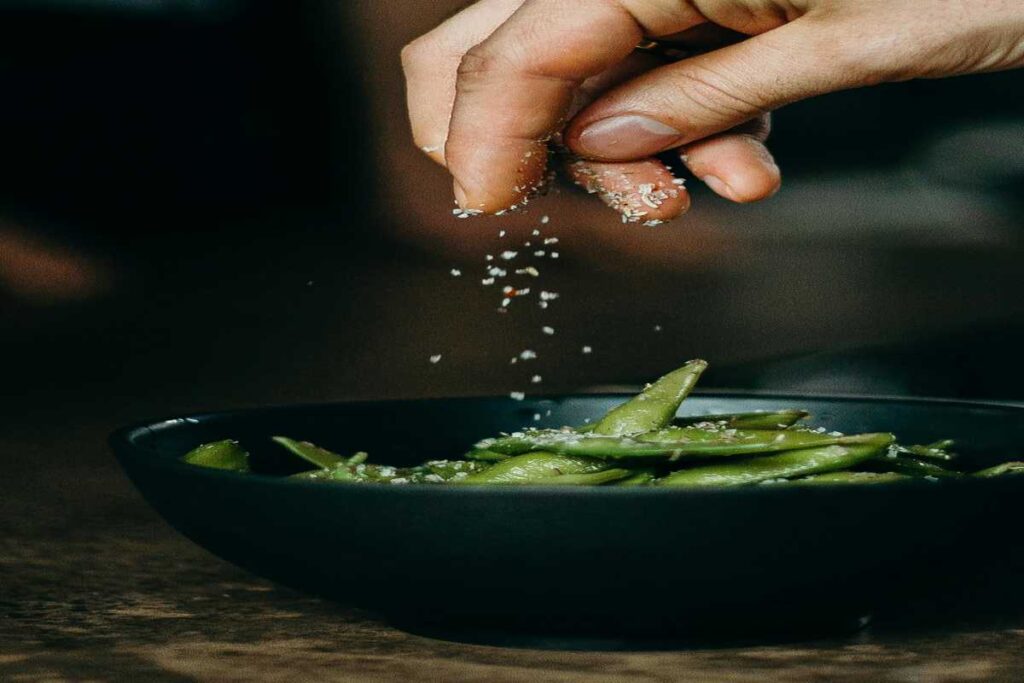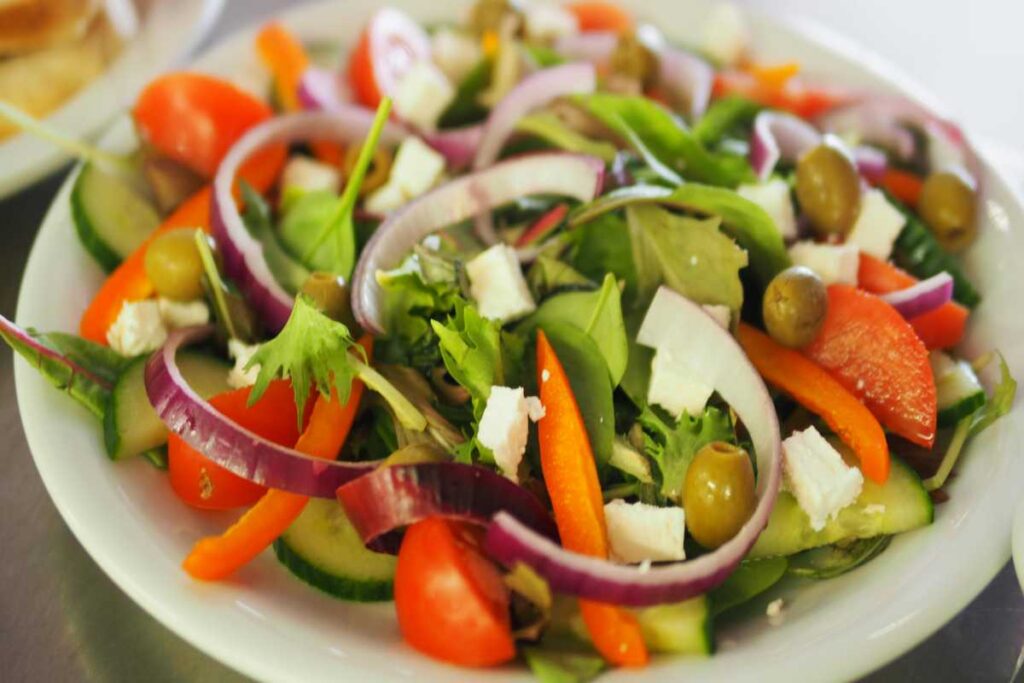Cholesterol plays a significant role in our body’s overall health, but too much of it can lead to serious health issues such as heart disease, stroke, and other cardiovascular conditions. Following a low-cholesterol diet can help manage cholesterol levels effectively and promote better heart health. This blog will delve into the benefits of a low-cholesterol diet, foods to include and avoid, and practical tips for implementing this dietary approach.

What Is Cholesterol?
Cholesterol is a waxy substance found in your blood, essential for building cells and producing hormones. However, it is important to differentiate between the two types of cholesterol:
- Low-Density Lipoprotein (LDL): Often referred to as “bad” cholesterol, high levels of LDL can lead to plaque buildup in your arteries, increasing the risk of heart disease.
- High-Density Lipoprotein (HDL): Known as “good” cholesterol, HDL helps remove LDL cholesterol from the bloodstream, reducing the risk of heart disease.
Benefits of a Low-Cholesterol Diet
- Heart Health Improvement: Lowering LDL cholesterol can significantly reduce the risk of heart disease and related conditions.
- Weight Management: A low-cholesterol diet often includes whole foods and healthier fats, which can aid in weight management and overall health.
- Better Blood Pressure Control: Many foods that promote low cholesterol also help maintain healthy blood pressure levels.
- Reduced Risk of Stroke: Maintaining optimal cholesterol levels can lower the risk of stroke and other cardiovascular issues.

Foods to Include in a Low-Cholesterol Diet
Incorporating the right foods can make a significant difference in managing cholesterol levels. Here are some foods to focus on:
1. Fruits and Vegetables
- Examples: Apples, oranges, berries, leafy greens, carrots, and broccoli.
- Benefits: High in fiber, vitamins, and antioxidants, these foods can help lower LDL cholesterol and improve heart health.
2. Whole Grains
- Examples: Oats, brown rice, quinoa, barley, and whole grain bread.
- Benefits: Rich in soluble fiber, whole grains help reduce cholesterol absorption in the bloodstream.
3. Legumes
- Examples: Lentils, chickpeas, beans, and peas.
- Benefits: High in protein and fiber, legumes can replace higher-fat meat products, contributing to lower cholesterol levels.
4. Healthy Fats
- Examples: Avocados, nuts, seeds, and olive oil.
- Benefits: These sources of monounsaturated and polyunsaturated fats can help raise HDL cholesterol and lower LDL cholesterol.
5. Lean Proteins
- Examples: Skinless poultry, fish, tofu, and low-fat dairy products.
- Benefits: These protein sources are lower in saturated fat compared to red meats, making them heart-healthier options.
Foods to Avoid in a Low-Cholesterol Diet
To effectively manage cholesterol levels, it’s essential to limit or avoid certain foods:
1. Saturated Fats
- Sources: Fatty cuts of meat, full-fat dairy products, butter, and tropical oils (coconut and palm oil).
- Impact: Saturated fats can raise LDL cholesterol levels in the blood.
2. Trans Fats
- Sources: Processed foods, baked goods, margarine, and fried foods.
- Impact: Trans fats not only raise LDL cholesterol but also lower HDL cholesterol, making them particularly harmful.
3. Processed Sugars and Refined Carbs
- Sources: Sugary drinks, candies, pastries, white bread, and other highly processed foods.
- Impact: These foods can lead to weight gain and elevated triglycerides, increasing the risk of heart disease.
4. High-Sodium Foods
- Sources: Processed meats, fast foods, and many canned products.
- Impact: High sodium intake can lead to increased blood pressure, compounding heart health issues.
Tips for Following a Low-Cholesterol Diet
- Plan Your Meals: Create a weekly meal plan focusing on whole foods and balanced nutrition.
- Read Labels: Learn to read nutrition labels carefully, looking for saturated and trans fats in processed foods.
- Cook at Home: Preparing meals at home allows you to control ingredients and portion sizes.
- Increase Fiber Intake: Aim for a variety of fiber-rich foods to help reduce cholesterol absorption.
- Stay Hydrated: Drink plenty of water throughout the day to support overall health and well-being.
Conclusion
Adopting a low-cholesterol diet can significantly improve your heart health and reduce the risk of serious health issues. By focusing on nutrient-dense foods, minimizing unhealthy fats, and following practical tips, you can effectively manage your cholesterol levels and promote a healthier lifestyle. Always consult with a healthcare professional or a registered dietitian before making significant changes to your diet, especially if you have existing health conditions.
